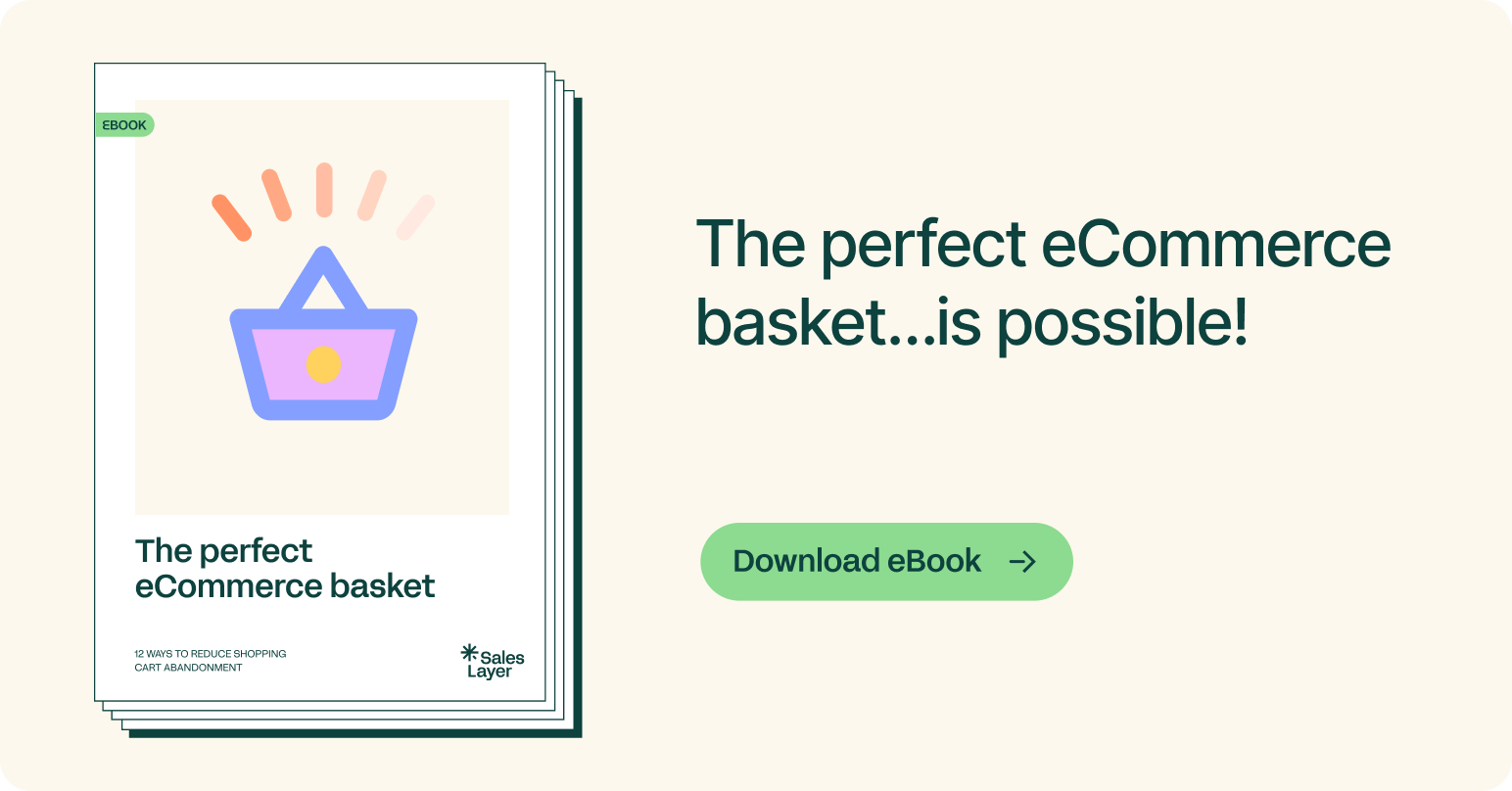
90% of users read customer reviews before making a purchase in an online store, and they usually read between 3 and 10 reviews. Online store reviews are not an accessory, but a mandatory complement if you want your products to take off between the competition.
Many brands choose to switch off reviews when they launch a product or an online store, because they still don’t know the reactions of the public and are afraid of negative ratings that could damage the brand’s image. Other online stores have a review section, but they make no effort to get them. Both things are just as harmful in e-commerce.
Among the factors that influence consumer purchasing decisions, reviews are the least controllable, but also the most important and cheapest to obtain. Don’t be afraid of users’ opinions and boost your online store with customer reviews and recommendations. These are your keys:
Reviews of anonymous users are more important
Everyone knows that an influencer has a biased opinion, and their influence is starting to diminish as a marketing strategy for brands and products. You can try to send free samples or propose collaborations to influencers of your niche, but 88% of users trust the opinions of ordinary people as if they were personal recommendations from someone they know. This is because most people want to share their honest experience and they would gain nothing by criticizing a product too positively or negatively (and when it happens, it’s easy to identify that it’s also a biased review).
Reviews improve sales in marketplaces
Online marketplaces like Amazon favor those sellers and vendors who get more reviews on their product pages. Products with more valuations are more likely to be featured in their listings and appear in the top positions of categories and search results, as well as featured products banners and the marketplace’s recommended choices.
Study how the customer reviews and recommendations work in each marketplace and how you can boost them. For example, Amazon doesn’t allow you to contact customers, so reinforce participation through other channels and check your product pages often, in order to respond to negative ratings and unsatisfied users.
Other marketplaces like eBay do invite customers to leave a review after making a purchase, so it can be an interesting marketplace if first and foremost you want to grow your reputation online through customer reviews.
Reviews have an impact on SEO
Reviews are unique and original texts about your products, which may contain keywords, long-tail words or new combinations that refresh your content without investing efforts in it. Each e-commerce review is a new strategy to remind Google of your existence and renew your product content.
Customers rely more on the text of a review than the manufacturer’s descriptions, so try to offer your product information as complete as possible and update your texts with the most demanded data by users (something very simple, instant and automatic if you use a Product Information Management (PIM) that synchronizes all your sales channels at the same time).
Bad reviews are in fact a good thing
Of course we’re not in favor of negative reviews. Actually, the more positive reviews you get, the better for your brand’s image and sales rates. A study by Econsultancy revealed that a product page with more than 50 reviews experiences a 4.6% sales conversion growth, and that excellent reviews make customers spend up to 31% more in an online store.
However, negative reviews are an opportunity to talk with the client and show that behind your brand is a human team worrying about customers. Moreover, 68% of users rely more on online stores with both positive and negative reviews, as finding only excellent reviews could arouse suspicions.
Strategies to get online store reviews:
- CTAs in all your sales channels: It’s important to invite the user to leave a review in your product pages, with quotes like "Leave your opinion" or "Be the first to write a review," and with a direct link to the comments section. The form’s fields should be minimalist: just user name and text, plus a rating of 0 to 5 stars if you wish to make your reviews more visual. You can request the user’s email to verify that they are not a robot, but don’t count on everyone to provide a real email.
- Personalized mailing: You always have to send a thank you message to any customer that makes a purchase, remembering them how to get in touch for any question, complaint, change or return. In this very same e-mail the client should be invited to leave a review in the online store or app, highlighting the value of their opinion and showing a direct link to the review page. This message is not the same as the automatic thank you note that is sent after completing the payment in an online store. It must reach the user once he has received the product and has been able to use it, usually about 3 days after shipment.
- Social Media: Organize giveaways in exchange for leaving a comment on an image or post, or ask people to share their personal experiences with a product or to explain why they would like to have it. It’s a great way to get feedback and create conversation about the brand. Almost everyone likes to give their opinion, and 7 out of 10 customers would leave a review if they could find the opportunity and the place to do it. Also investigate which social media is best suited to your niche: Instagram for young audiences, LinkedIn for B2B businesses, Twitter for customers aged 25-40 years old…
Now that you know that e-commerce reviews are one of the factors that influence consumer purchasing decisions, roll up your sleeves and go out there to encourage conversations about your products and to be tolerant with all points of view.
Talking, listening and participating is the most trendy strategy that very few companies use: give your clients a platform and see how your sales grow thanks to an excellent customer service.



.png?width=520&name=Blog%20Partner%20(3).png)

.png?width=520&name=Blog%20Partner%20(1).png)


